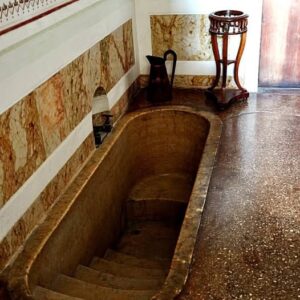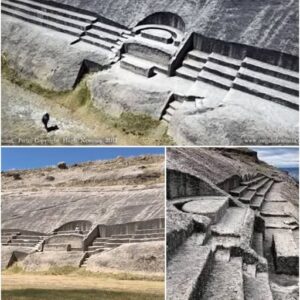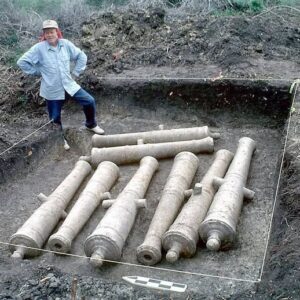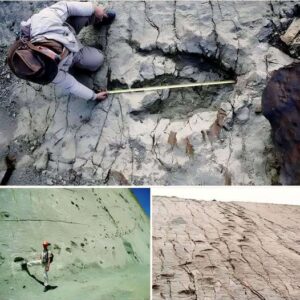The Ziggurat of Ur, a magnificent display of ancient Mesopotamian architectural ingenuity, stands proudly as a testament to the advanced engineering skills of its time. Constructed approximately 4,000 years ago under the rule of King Ur-Nammu of the Neo-Sumerian Empire, this remarkable ziggurat holds a significant place in Iraq’s history as one of the oldest religious sites dedicated to the moon god Nanna. Once a prominent feature on the skyline of the ancient city of Ur, it played a central role in religious ceremonies and cultural activities.
Over the centuries, the Ziggurat of Ur gradually succumbed to the passage of time, becoming buried beneath layers of sand and debris that obscured its once-glorious past. Its importance faded into obscurity until the early 20th century when it was rediscovered. An extensive excavation and restoration effort was launched to uncover the grandeur of this ancient structure, revealing its colossal scale and intricate craftsmanship. Archaeologists and historians were left in awe of the ziggurat’s historical significance, shedding new light on the advanced capabilities of ancient Mesopotamian builders.

The rediscovery and restoration of the Ziggurat of Ur have provided invaluable insights into the architectural and religious practices of early Mesopotamian civilizations. The meticulous restoration work has allowed visitors to marvel at the grandeur and precision with which this monumental structure was originally built. Through careful preservation and interpretation, the ziggurat now stands as a living testament to the skilled craftsmanship and innovative engineering techniques of its creators.
As we gaze upon the majesty of the Ziggurat of Ur today, we are reminded of the enduring legacy of ancient Mesopotamian culture and the remarkable achievements of its people. The ziggurat’s towering presence serves as a symbol of human ambition and creativity, transcending time to inspire wonder and admiration in all who behold its magnificence. It stands as a proud reminder of the rich heritage and technological advancements of our ancestors, continuing to captivate modern-day observers with its grandeur and significance.





